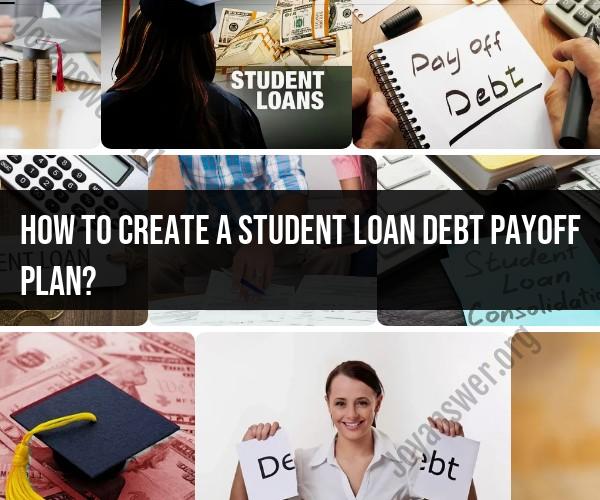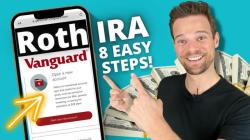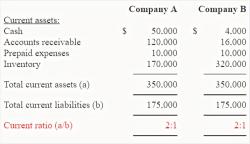How to create a student loan debt payoff plan?
Creating a student loan debt payoff plan is a crucial step toward managing and ultimately eliminating your student loan debt. Here's a step-by-step guide on how to create an effective payoff plan:
Gather Loan Information:
- Collect all the details of your student loans, including the loan type, lender, current balance, interest rates, and monthly payment amounts. You can access this information through your loan servicer's website or statements.
Assess Your Financial Situation:
- Examine your overall financial situation, including your monthly income, expenses, and any other financial goals you have. Understand your cash flow and how much you can allocate toward loan repayment.
Set Clear Goals:
- Define your student loan debt payoff goals. Determine the amount of time in which you want to be debt-free and how much you're willing to allocate toward your student loans each month.
Choose a Repayment Strategy:
- Decide whether you want to pay off your student loans using a standard repayment plan or explore alternative strategies like income-driven repayment plans, graduated repayment plans, or extended repayment plans.
Consider Loan Forgiveness Programs:
- Explore whether you qualify for any loan forgiveness or discharge programs. Some careers, like those in public service or education, offer options for loan forgiveness after a certain number of qualifying payments.
Create a Budget:
- Develop a comprehensive monthly budget that outlines your income and expenses. This budget should include a dedicated line item for student loan payments based on your chosen strategy.
Emergency Fund:
- Before aggressively paying down your student loans, ensure you have a small emergency fund of at least $1,000 to cover unexpected expenses. This can prevent you from taking on additional debt in emergencies.
Prioritize High-Interest Loans:
- If you have multiple student loans, prioritize paying off the loans with the highest interest rates first. This minimizes the interest that accrues on your loans.
Extra Payments:
- Allocate any extra funds, such as bonuses, tax refunds, or windfalls, directly to your student loans. These payments can significantly reduce your principal balance.
Automate Payments:
- Set up automatic payments through your loan servicer to ensure that you never miss a payment. Some lenders offer interest rate discounts for auto-debit payments.
Stay Consistent:
- Commit to making regular, on-time payments, and stick to your budget. Consistency is key to successfully paying off your student loans.
Monitor Progress:
- Regularly track your loan balances and celebrate milestones along the way. Seeing your debt decrease can be a motivating factor.
Seek Professional Advice:
- If you're struggling with repayment, consider seeking advice from a financial advisor or student loan counselor. They can help you explore various repayment options and provide guidance.
Avoid New Debt:
- While paying off your student loans, strive to avoid accumulating new debt, such as credit card balances or additional loans.
Reassess and Adjust:
- Periodically reassess your financial situation and make adjustments to your plan as needed. Life circumstances change, and your plan should adapt accordingly.
Creating a student loan debt payoff plan is a long-term commitment. It's important to stay focused on your goals and make the necessary sacrifices to achieve financial freedom. The key is to be proactive, stay organized, and make consistent efforts toward reducing and ultimately eliminating your student loan debt.
Creating a Student Loan Debt Payoff Plan: Your Path to Financial Freedom
A student loan debt payoff plan is a step-by-step guide to help you pay off your student loans as quickly as possible. It should include your current loan balance, interest rates, monthly payments, and a plan for how you will pay off each loan.
Here are the steps to create a student loan debt payoff plan:
- Gather your loan information. This includes your current loan balance, interest rates, monthly payments, and loan servicers. You can find this information on your credit report or by contacting your loan servicers directly.
- Set a goal. How quickly do you want to pay off your student loans? Be realistic about your goals and budget.
- Choose a repayment strategy. There are two main repayment strategies: the snowball method and the avalanche method. The snowball method involves paying off your loans in order from smallest to largest balance. This can help you stay motivated, as you will see progress quickly. The avalanche method involves paying off your loans in order from highest to lowest interest rate. This will save you the most money on interest in the long run.
- Create a budget. Once you know how much money you need to pay towards your loans each month, create a budget to make sure you can afford it. Be sure to include all of your income and expenses.
- Make extra payments. Even if you can only afford to pay an extra $20 or $50 per month, it will make a big difference over time.
- Track your progress. It is important to track your progress and make adjustments to your plan as needed. This will help you stay on track and reach your goal.
Strategizing Student Loan Repayment: Building a Payoff Plan
When building a student loan debt payoff plan, it is important to consider the following factors:
- Your current financial situation. This includes your income, expenses, and debt load.
- Your repayment goals. How quickly do you want to pay off your loans?
- Your risk tolerance. Are you comfortable with making aggressive payments to pay off your loans faster?
- Your repayment options. There are a number of different repayment options available, so it is important to choose the one that is right for you.
Here are some tips for strategizing your student loan repayment:
- Consider refinancing. If you have good credit, you may be able to refinance your loans to a lower interest rate. This can save you money on interest and help you pay off your loans faster.
- Make biweekly payments. Instead of making one monthly payment, consider making two biweekly payments. This will result in you making 13 payments per year instead of 12, which can help you pay off your loans faster.
- Use a student loan repayment app. There are a number of student loan repayment apps available that can help you manage your loans and track your progress.
Tackling Student Loan Debt: How to Craft an Effective Payoff Strategy
Crafting an effective student loan debt payoff strategy is essential to reaching your financial goals. Here are some tips:
- Be realistic about your goals. Don't try to pay off your loans too quickly, or you may set yourself up for failure. Set realistic goals and track your progress along the way.
- Be flexible. Things happen, so be prepared to adjust your plan as needed. If you experience a financial setback, don't be afraid to take a step back and reevaluate your goals.
- Celebrate your successes. It's important to celebrate your successes along the way, no matter how small they may seem. This will help you stay motivated and on track.
Paying off student loan debt can be a challenge, but it is definitely possible. By creating a student loan debt payoff plan and strategizing your student loan repayment, you can reach your financial goals and achieve financial freedom.













